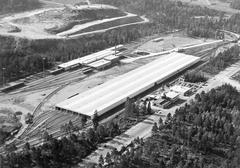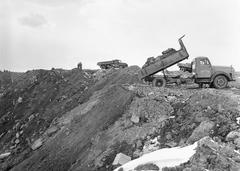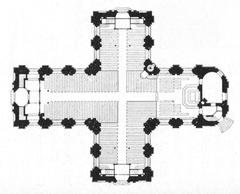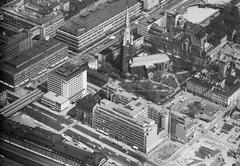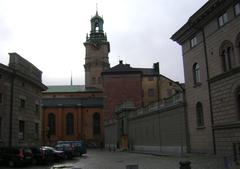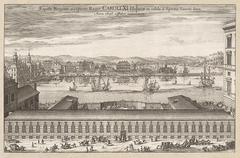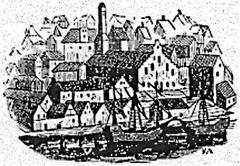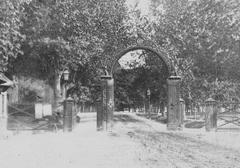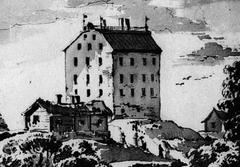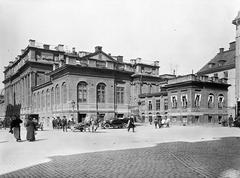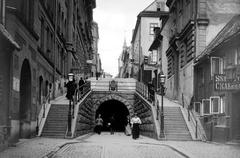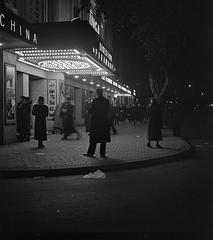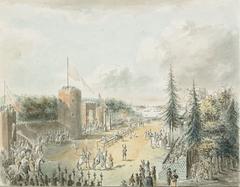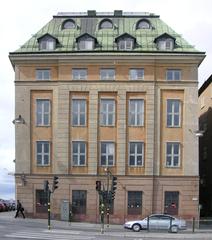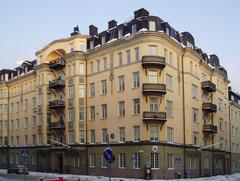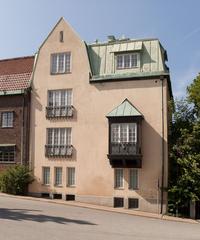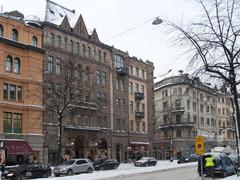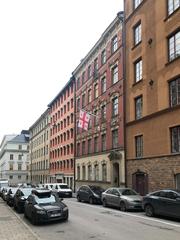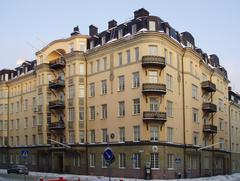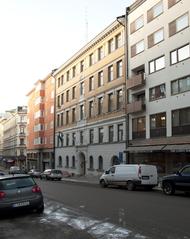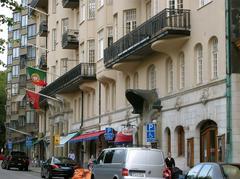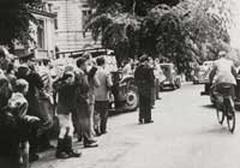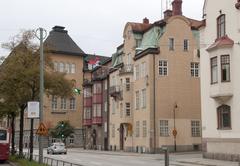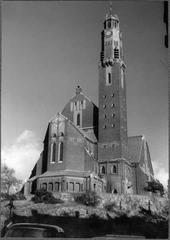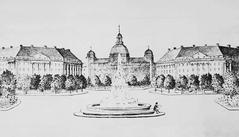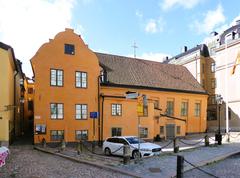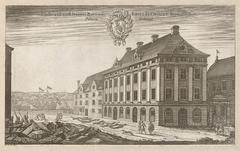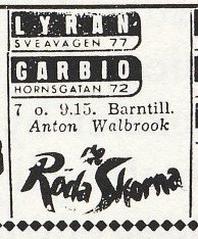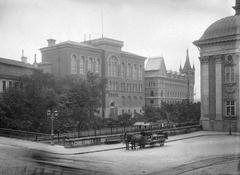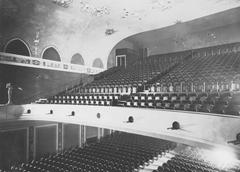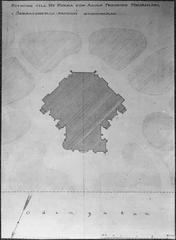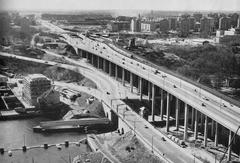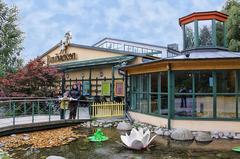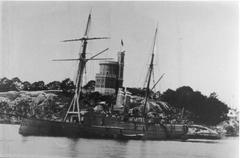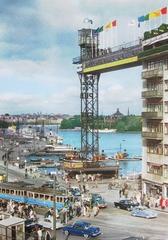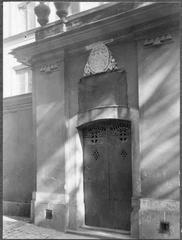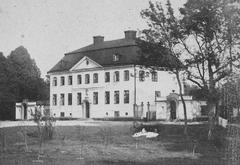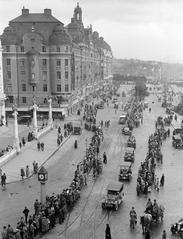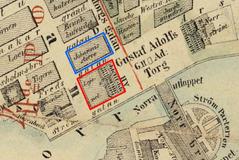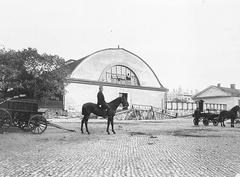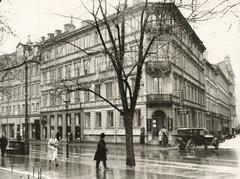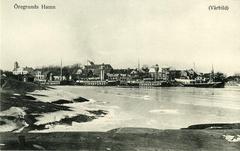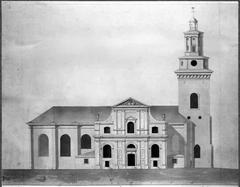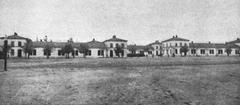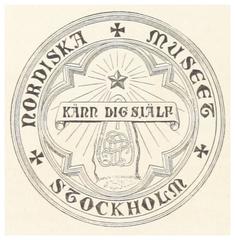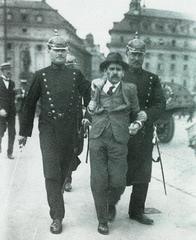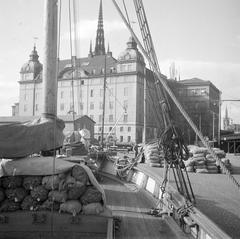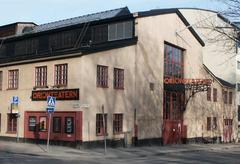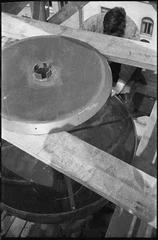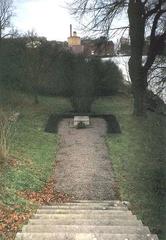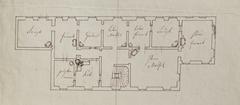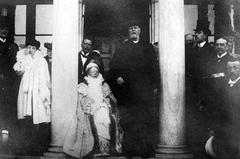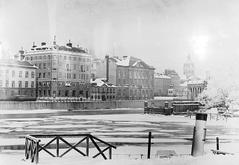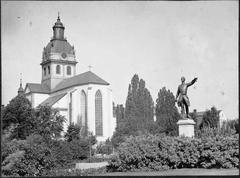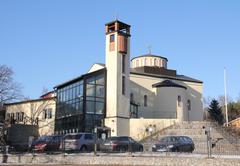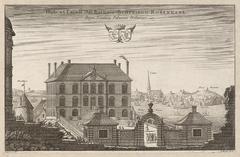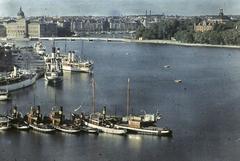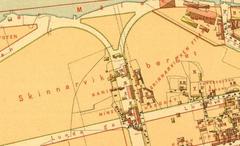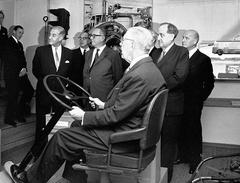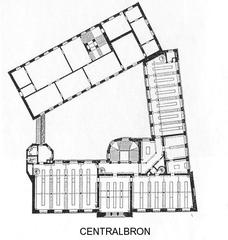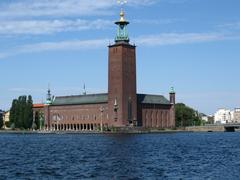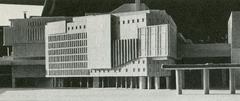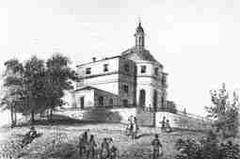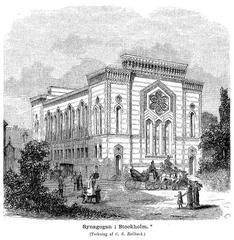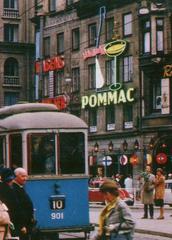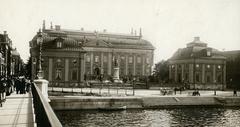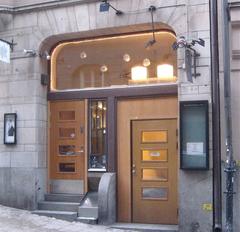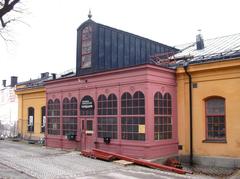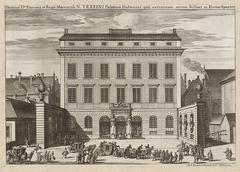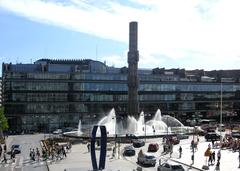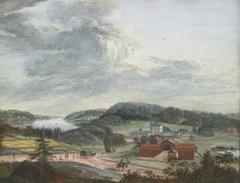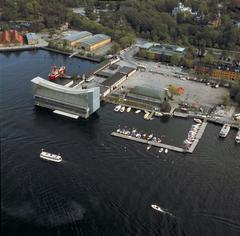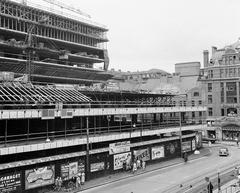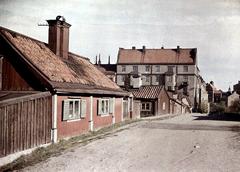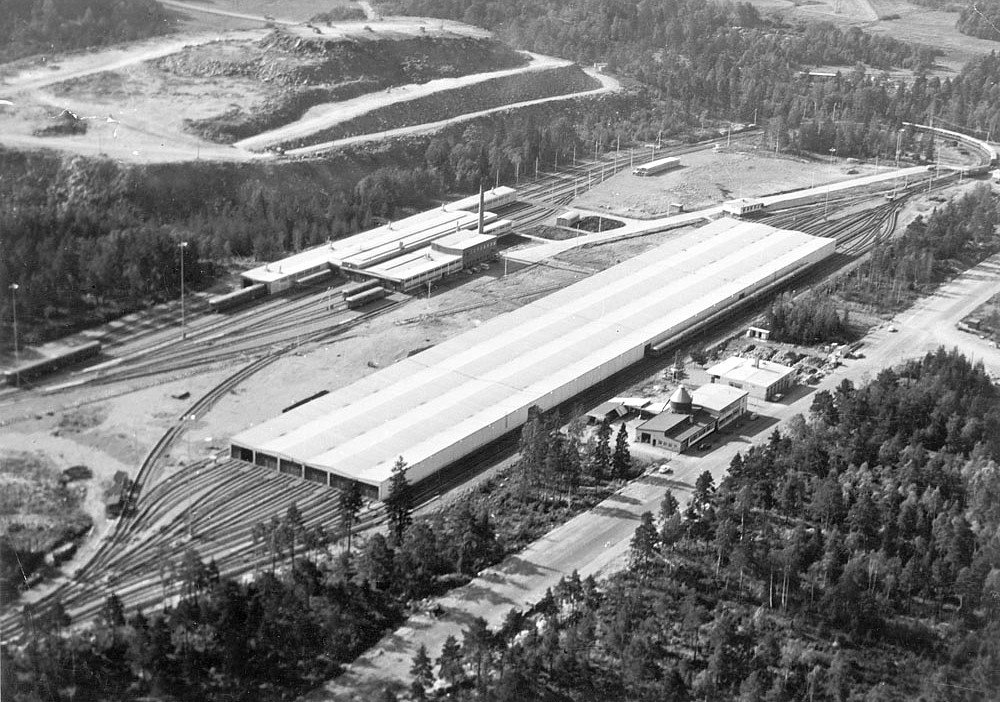
Comprehensive Guide to Visiting Högdalsdepån, Stockholm, Sweden
Date: 01/08/2024
Introduction
Högdalsdepån, situated in the Högdalen district of Stockholm, Sweden, stands as a pivotal component of the city’s intricate public transportation system. This metro depot, integral to the operational efficiency of Stockholm’s metro network, especially the green and blue lines, has a rich history that dates back to the mid-20th century. Established to cater to the burgeoning needs of Stockholm’s expanding metro system, Högdalsdepån reflects the city’s commitment to efficient urban transit (source). Over the decades, it has undergone significant expansions and modernization efforts, particularly spurred by the 2013 Stockholm Agreement, which aimed at enhancing the metro network’s capacity and sustainability (source).
Högdalsdepån is not merely a functional facility; it is a testament to Stockholm’s dedication to maintaining a robust and environmentally conscious public transportation system. The depot incorporates eco-friendly features, such as energy-efficient lighting and advanced waste management practices, underscoring the city’s efforts to minimize environmental impact (source). Furthermore, its role in community engagement and local economic stimulation highlights its significance beyond mere operational logistics. This guide aims to provide a comprehensive overview of Högdalsdepån’s history, modernization, and visitor information, making it an invaluable resource for those interested in Stockholm’s urban development and public transport infrastructure.
Table of Contents
- and-early-development)
- and-modernization)
- importance)
- considerations)
- engagement-and-impact)
- prospects)
- tips)
Origins and Early Development
Högdalsdepån was initially established to support Stockholm’s expanding metro network, particularly the green and blue lines. Its origins date back to the mid-20th century when the city’s metro system, known as “Tunnelbanan,” was growing to meet the needs of a booming population and sprawling urban landscape.
Expansion and Modernization
The early 21st century marked a significant period of growth for Högdalsdepån. In 2013, the Stockholm Agreement was signed, committing to expand the metro network. This led to the modernization and expansion of Högdalsdepån to handle increased capacity for the green and blue lines (source). In February 2016, the Stockholm County Council approved further development of the depot, including a new cleaning and parking hall and additional tracks (source).
Strategic Importance
Högdalsdepån is crucial for the operational efficiency of Stockholm’s metro system. It serves as a hub for maintenance, cleaning, and storage of metro trains, ensuring they are in optimal condition for daily operations. Its strategic location in southern Stockholm allows for efficient access to both the green and blue lines.
Environmental Considerations
The expansion of Högdalsdepån incorporated eco-friendly features to minimize energy consumption and reduce environmental impact. These included energy-efficient lighting, heating, and ventilation systems, as well as advanced waste management practices. Green spaces were preserved and enhanced to create a more pleasant working environment (source).
Community Engagement and Impact
The expansion involved extensive community engagement. The Stockholm City Planning Administration conducted consultations with local residents and stakeholders to ensure the project met community needs. The project has contributed to the development and revitalization of the Högdalen district, creating jobs and stimulating economic growth.
Future Prospects
Högdalsdepån is poised to continue playing a vital role in Stockholm’s public transportation network. Its expanded capacity and modernized facilities support future growth and evolving transportation needs. Stockholm’s ongoing investment in its metro system ensures Högdalsdepån remains a key asset.
Visitor Tips
While Högdalsdepån itself is not a typical tourist attraction, visitors interested in Stockholm’s public transportation system may find the surrounding Högdalen district worth exploring. The area showcases the city’s efforts to balance growth with sustainability.
For a deeper understanding of Stockholm’s metro system, guided tours of the metro stations, known as “the world’s longest art gallery,” are highly recommended (source). Nearby attractions include the Swedish History Museum and the Vasa Museum (source, source).
FAQs
Q: What are Högdalsdepån’s visiting hours?
A: Högdalsdepån is not open to the public for regular visits. However, special tours may be arranged through Stockholm’s public transportation authorities.
Q: Are there any guided tours available?
A: Guided tours of Stockholm’s metro stations, often referred to as “the world’s longest art gallery,” are available and highly recommended.
Q: What nearby attractions can I visit?
A: Nearby attractions include the Swedish History Museum and the Vasa Museum, which offer insights into Stockholm’s rich history and cultural heritage.
Conclusion
Högdalsdepån’s history and development reflect Stockholm’s commitment to a sustainable, efficient, and community-oriented public transportation system. The depot’s expansion and modernization have positioned it as a vital asset, supporting the city’s growth and ensuring the long-term viability of its metro network. Visitors can appreciate the significance of Högdalsdepån by exploring the city’s transportation infrastructure and related attractions.
References
- Stockholm City Planning Administration. (2013). Expansion and Modernization of Högdalsdepån. source
- Swedish History Museum. (n.d.). source
- The Abundant Traveler. (n.d.). What to do in Stockholm, Sweden. source
- Lasuedeenkit. (n.d.). All you need to know about Stockholm’s public transport. source
- Visit Stockholm. (n.d.). Events and tour booking information. source
